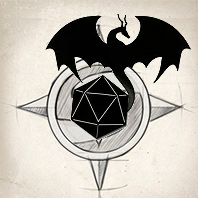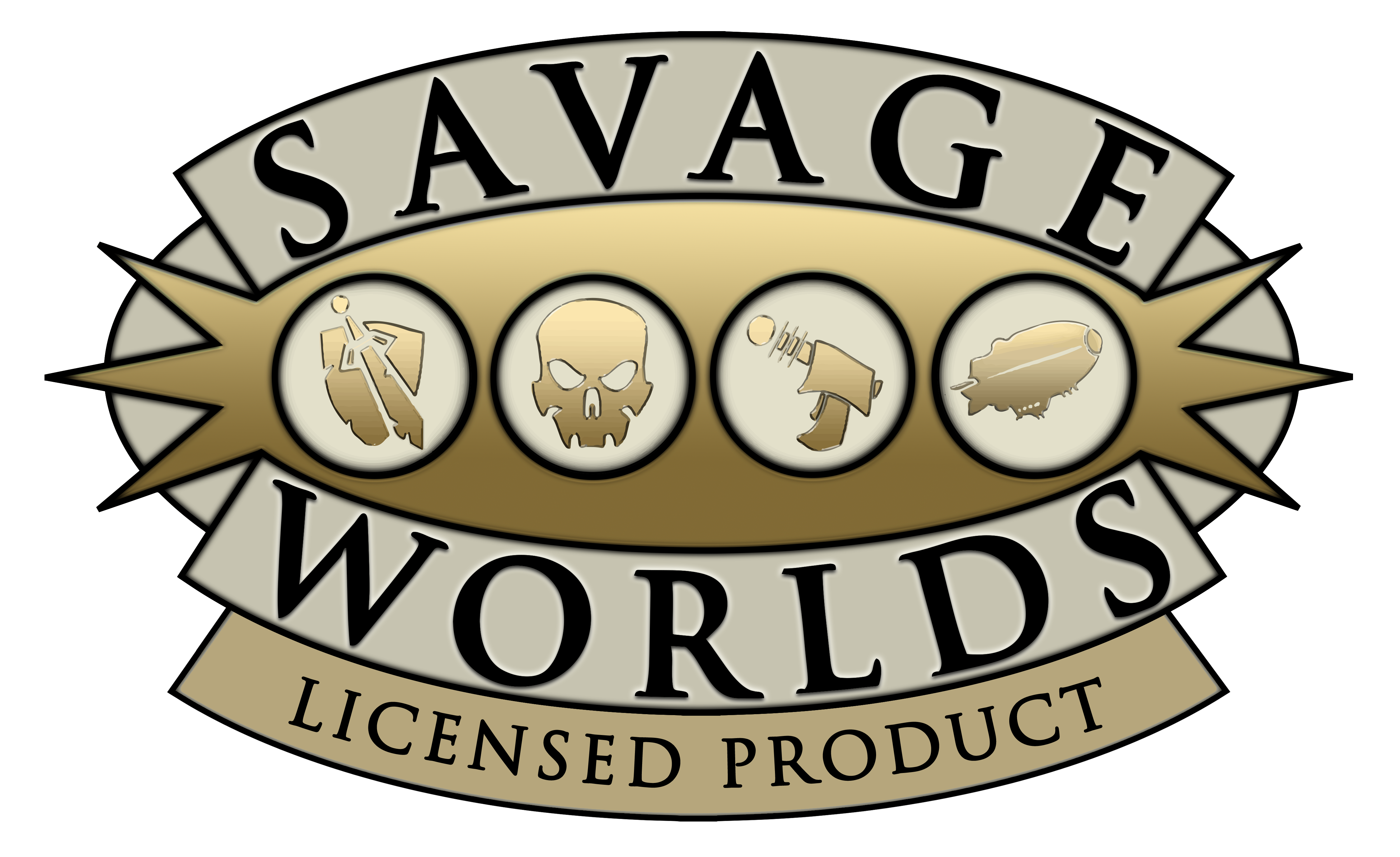 This week saw the posting of the first episode of The Wandering Gamer’s Crystal Heart actual play series, in which they’ll be playing Savage Worlds in our world (!). This is, of course, super awesome, but when they approached us with the idea, it did place us in the strange position of having to explain things – apparently, people don’t automatically intimately know the fictional construct you created!
This week saw the posting of the first episode of The Wandering Gamer’s Crystal Heart actual play series, in which they’ll be playing Savage Worlds in our world (!). This is, of course, super awesome, but when they approached us with the idea, it did place us in the strange position of having to explain things – apparently, people don’t automatically intimately know the fictional construct you created!
Thankfully, “Making sure other people understand what I’m trying to say here” is basically my job description as an editor, so it’s a problem I’ve been forced to approach many times before, and from various angles. In fact, I did two podcast episodes specifically about the intricacies of creating an RPG adventure that is meant to be read and played by other people, on the previous iteration of On the Shoulders of Dwarves (here and here, but in Hebrew).
Writing an adventure for public consumption
I won’t get into the details – that will literally take hours, and they’ll probably be billable – so instead let’s focus on two basic concepts that you might not have thought of.
Two modes of reading, before and during: The GM will read the text before running the adventure, but she’ll also consult the text while running the adventure. Use bold type and other types of emphasis to draw the eye to important bits. Concentrate scene-relevant information on single sheets, to avoid forcing the GM to flip between pages. Note which parts of the text are probably going to be the most useful on the fly, and structure them in short, readable blocks, to deliver as much necessary information while requiring as little reading as possible.
Don’t try to predict; instead, give tools: You have no freaking idea what the players are going to do. Even worse, you’re not sure what the GM is going to do. Despite all of this, you can still aim to deliver a specific gaming experience (which is your main goal here), by providing the GM with tools she can use to direct the game and interact with the players in a constructive way. Explain what the villain is trying to achieve; give the PCs powerful motivations to keep them engaged in the plot; provide a few interesting things that can happen, so that the GM can use them if necessary. Help her take care of her group. (And just by handing her these tools, you signal what you want her to do, thus achieving some control over the GM as well.)
There are a gazillion other topics to discuss here, such as using art, maps, and even the layout, to convey information to the GM and the players; using read-aloud text to instil atmosphere; reducing your adventure to blocks (rooms, events, areas, depending on the adventure) in order to distribute the information in a readable manner; and of course, even “simple” things like avoiding verbosity, using correct grammar, doing tons of playtests and learning from them, etc..
It gets somewhat more complicated in the case of The Wandering Gamer podcast, because we also needed to provide them with the setting itself.
Come play in my world
I’ve written quite a lot about the Crystal Heart setting, but not nearly enough to allow a GM to run a one-shot in this world, to say nothing of a full adventure. Thankfuly, Zack from The Wandering Gamer sent us an email with all the right questions.
First, he started with a few questions regarding their handling of our world, considering this is a webcomic that’s still being published. For example, he asked if there’s a certain tone that we would like them to use; if there’s anything that we would like them to avoid, either plot points or locations; and if there’s anything specific that we would like them to show off. My reply to these questions (basically, “fun and adventures; nope; surprise us”) might become a post at a later date.
Then Cody, the GM, came to us with a basic idea for an adventure he wanted to run, that really helped us focus the conversation. He wanted to have his PCs running around in Fjordstad, and have some shenanigans with technology. The CH world, you might have noticed, has some schizo-tech, with a mish-mash of technologies of various levels of sophistication. There are reasons for that – the Bygone Age, Crystals, and others – and Cody’s questions helped us understand all of it a bit better. How advanced are these Lands compared to those? Why? If Fjordstad has lightning guns and (a single) railway, why don’t they just conquer everyone else? How does Syn compare, and what can and can’t they do? Several paragraphs of answers, and we’re a lot clearer about all of this.
This wasn’t enough, of course, because the players still needed character creation rules, Crystal rules, setting rules, and the like. Thankfully, I’ve been working on our Crystal Heart setting book for a while now and have already finished most of these parts, so I sent them 20 or so pages, which proved enough.
Finally, there’s the matter of the adventure itself. While Cody intends on running his own plot later on, currently they’re running the convention one-shot I wrote a few years back, A Weapon to Kill For. I only had it as a two-page jumble of notes, mostly just list of scenes, some remarks (“like zombies, but explode for 2d6”) and half of it in Hebrew. Which meant I had to work in order to make it readable, and ho boy, do I hate working!
I did it anyway, although it’s only half-baked, intended to be used by a specific person – Cody – who can just ask me whatever he wants if something’s unclear. In other words, I shouldn’t publish it for you guys until it’s a work I can be professionally proud of. I’ll do it anyway because some of you might be interested in seeing a draft. I hope these same someones aren’t going to play the adventure, because it’s obviously full of spoilers!



